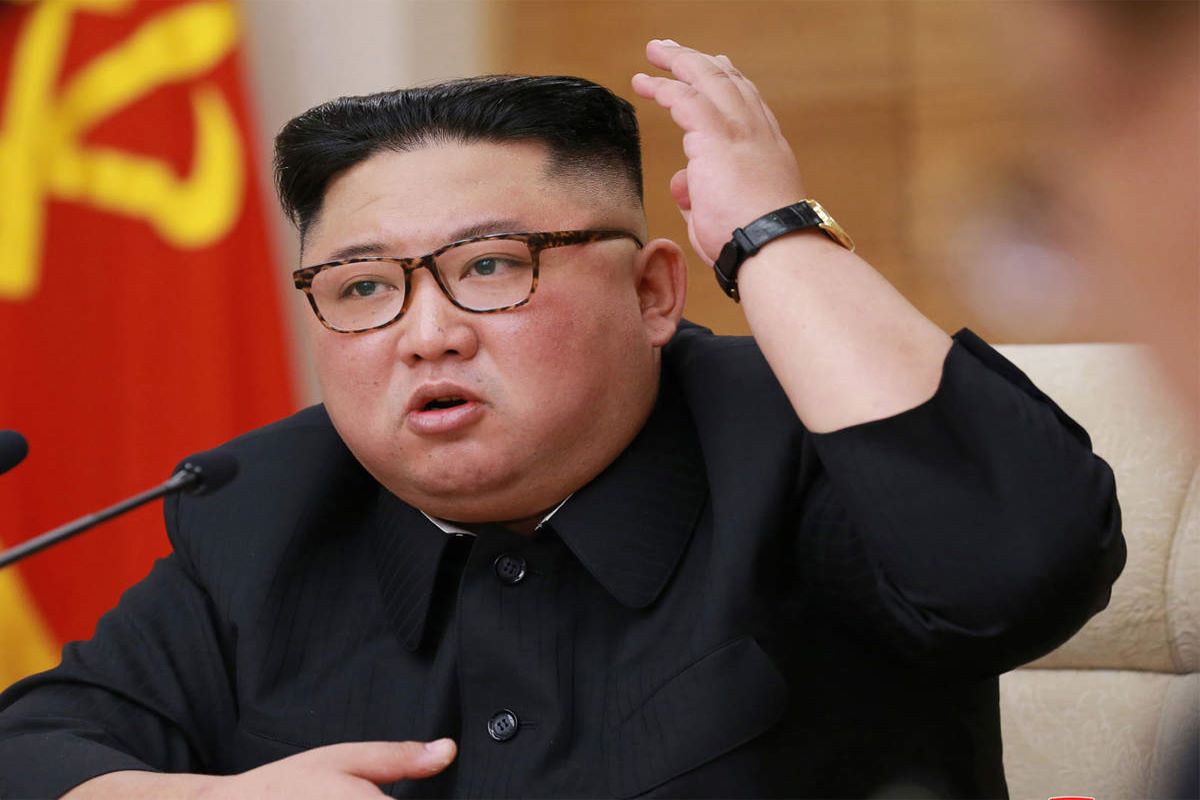The defiance persists. So too must the shock and awe. As much is clear from Wednesday’s claim by North Korea of the successful test of a hypersonic missile. Having overseen the latest adventure, the country’s President, Kim Jong-Un, claimed that the test would remarkably increase the country’s nuclear “war deterrent”.
The state media report was released a day after the United States of America, South Korea and Japan revealed that they had detected North Korea firing a suspected ballistic missile into its eastern sea. Tuesday’s launch is said to have involved a hypersonic glide vehicle, which after its release from the rocket booster demonstrated what they call the “glide jump flight” and “corkscrew manoeuvring” before hitting a sea target 1,000 kilometres away. Kim and his influential sister, Kim Yo Jong, watched the operation from a small cabin. Photos showed a missile mounted with a pointed cone-shaped payload soaring into the sky while leaving a trail of orange flames.
Advertisement
Tuesday’s spectacular launch was Pyongyang’s second test of its purported hypersonic missile in the span of a week, indeed a type of weaponry that it had first tested in September last year. On closer reflection, President Kim relentlessly pursues his defiance to expand his nuclear capabilities despite western sanctions, pandemic-related difficulties, and deadlocked diplomacy with America. Over the past few months, the North has ratcheted up its testing activity. It has demonstrated various missiles and delivery systems apparently designed to overwhelm missile defence systems in the region.
It is pretty obvious that Kim is trying to exert pressure on Washington and Seoul, specifically to accept Pyongyang as a nuclear power and thus hoping for relief from economic sanctions. This was the first time since March 2020 that North Korean state media reported Kim’s attendance at a missile test. He praised his military scientists and officials involved in developing the hypersonic missile system. He described it as the most significant part of a new five-year plan announced early in 2021 to build up the North’s military prowess. Pyongyang has described the new missile as part of its “strategic” weaponry.
Kim has utilized the opportunity to buttress his country’s nuclear ambition. He has stressed the need to speed up the expansion of the country’s “strategic missile muscle both in quality and quantity and further modernize the army”. He vowed to achieve further success in assessing the “war deterrent” of the country. Hypersonic weapons, which are known to fly at speeds in excess of Mach 5 ~ or five times the speed of sound ~ could well pose a crucial challenge to missile defence systems because of their speed and manoeuvrability.
The successful hypersonic missile test is a clear articulation of North Korea’s military agenda. As with other aspects of the country’s military development, the involvement of China, which not so long ago tested its own hypersonic missiles, seems certain; hours after the test, America sanctioned four North Koreans living in China for their role in missile development.









